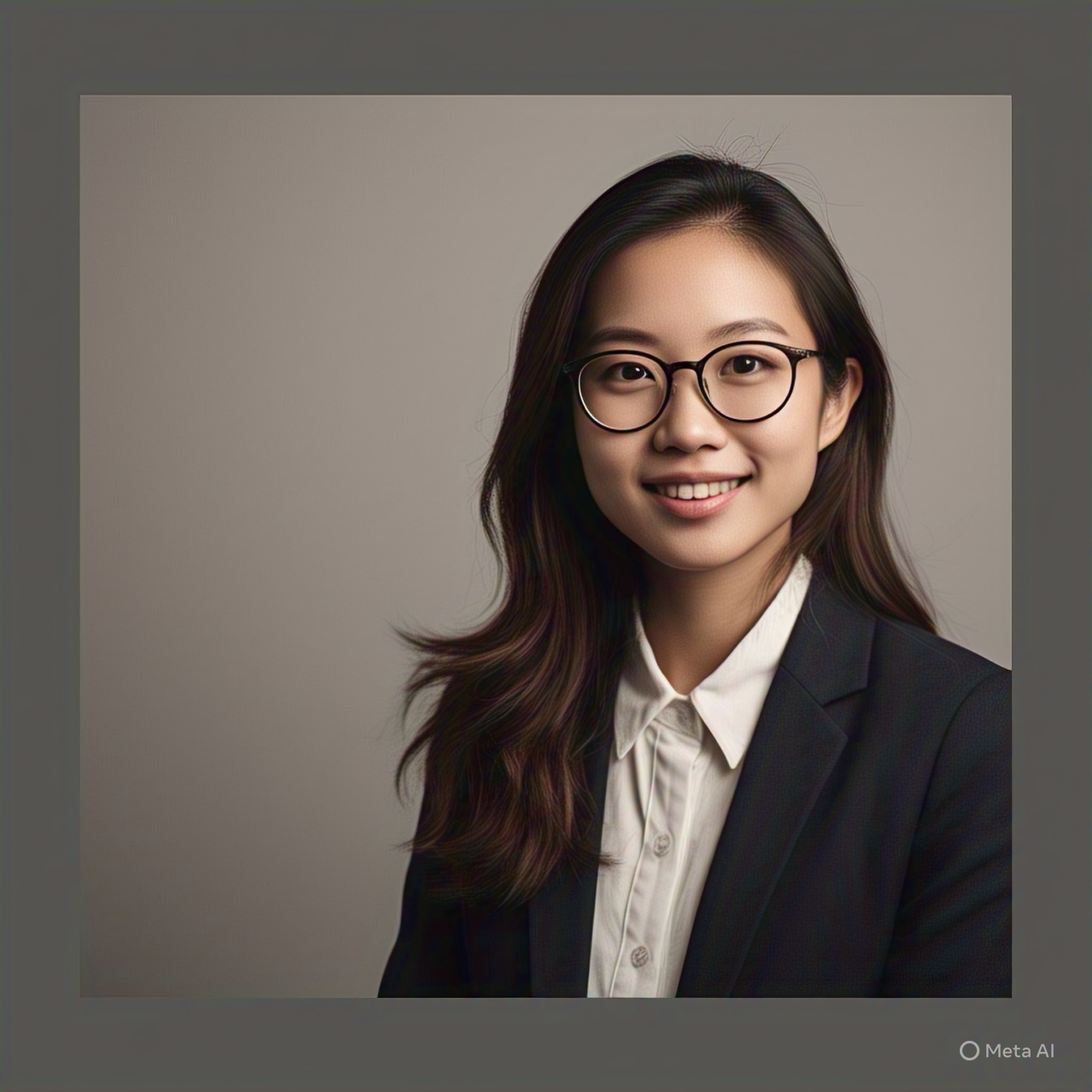Seeing is Believing: How Computer Vision is Changing Everything from Retail to Healthcare

Ever been recognized by your friend’s photo app despite wearing sunglasses and a hat? That’s computer vision—AI that can “see” and interpret visual information—and it’s becoming so ubiquitous we barely notice it anymore.
Last week, I walked into an Amazon Fresh store, grabbed my groceries, and walked out without scanning a single item. No checkout, no lines, just cameras and sensors tracking what I took off the shelves. It felt like shoplifting with permission.
Computer vision has exploded beyond these novelty experiences into applications that are genuinely transforming industries:
In healthcare, radiologists are getting AI second opinions that can spot tumors in medical images with accuracy rivaling human experts. Stanford’s CheXNet system can detect pneumonia from chest X-rays better than radiologists, identifying subtle patterns human eyes might miss.
In agriculture, drones equipped with computer vision fly over fields, identifying pest infestations, irrigation issues, and crop diseases weeks before a human farmer would notice them. My cousin’s farm in Nebraska increased yields by 18% last season using this technology to target interventions precisely where needed.
In manufacturing, quality control systems can spot defects at microsecond speeds. BMW’s factories use AI vision systems that detect paint defects one-tenth the size of a grain of salt—far beyond human visual capability.
In retail, stores are analyzing traffic patterns to optimize layouts. One department store I consulted for discovered shoppers spent 23% more time in sections where ceiling heights were adjusted based on computer vision heat mapping.
The technology that makes this possible has advanced exponentially. Just five years ago, image recognition required massive computational resources and often failed with slight variations in lighting or angle. Now it runs on your smartphone and works in almost any condition.
What’s fascinating is how computer vision mimics—and then transcends—human visual processing. Like our brains, AI systems learn to recognize patterns, but unlike us, they don’t get tired, distracted, or bored. They can also “see” what we can’t, including infrared, ultraviolet, or subtle patterns across thousands of similar images.
There are legitimate concerns about privacy and surveillance implications. The same technology that lets you unlock your phone with your face is being used in China’s vast network of public surveillance cameras. Finding the balance between useful applications and dystopian monitoring will be one of the defining challenges of the next decade.
What’s clear is that computer vision isn’t just another tech buzzword—it’s fundamentally changing how machines understand and interact with the physical world. And unlike some AI advances that remain abstract, you’ll literally see the impact of this one everywhere you look.
AI-Generated Content Notice
This article was created using artificial intelligence technology. While we strive for accuracy and provide valuable insights, readers should independently verify information and use their own judgment when making business decisions. The content may not reflect real-time market conditions or personal circumstances.
Related Articles
Computer Vision: How Machines See the World
Understand how computer vision technology processes visual information, enabling applications from …
Product Management in the AI Era
Gain practical insights into AI implementation strategies, emerging trends, and best practices for …
AI Innovation in 2024
Explore cutting-edge AI innovations and emerging technologies that will shape business strategies …